In pictures: Europe's last primeval forest
- Published

Poland’s ancient Bialowieza Forest occupies nearly 580 square miles of woodland across the border with Belarus.
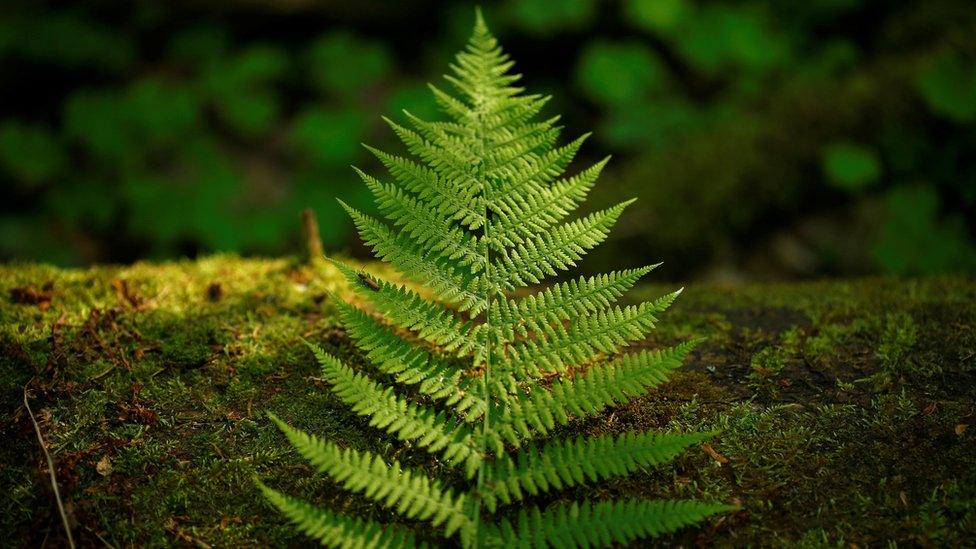
It is the last significant stretch of the primeval temperate forest which once covered most of lowland Europe, and has survived for 8,000 years.
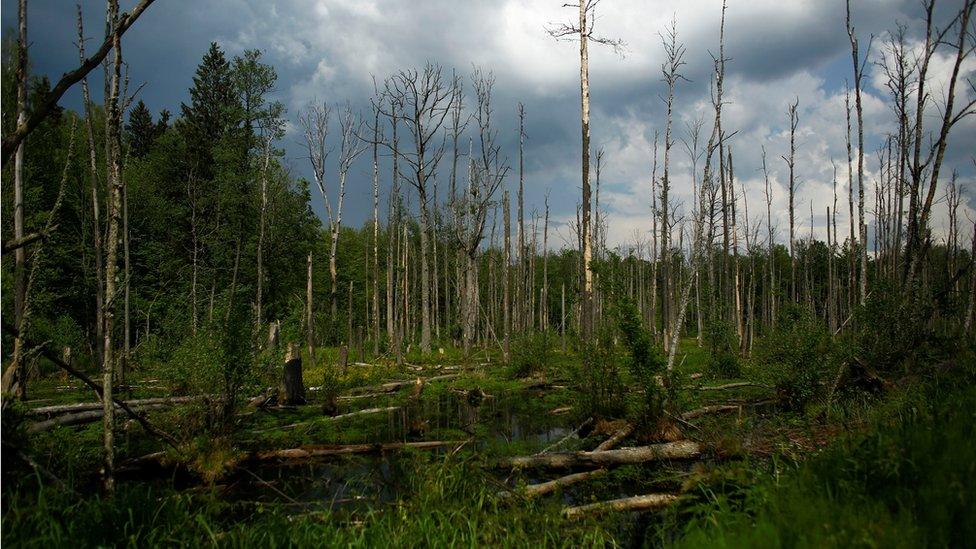
However the forest is under attack from bark beetles that are eating its spruce trees.
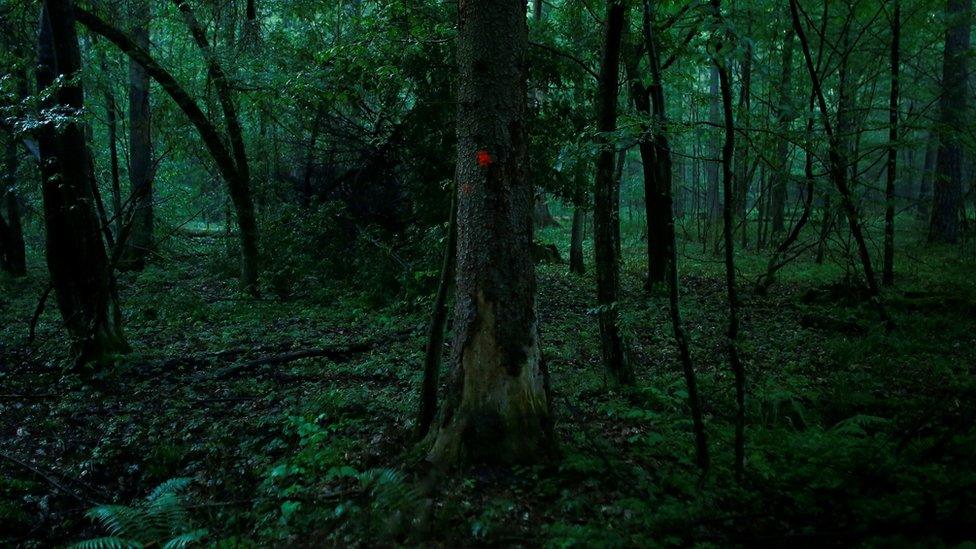
Foresters and the government believe the solution is to cut down more trees in order to save the forest itself, and recently work began to remove infested trees along routes used by tourists.
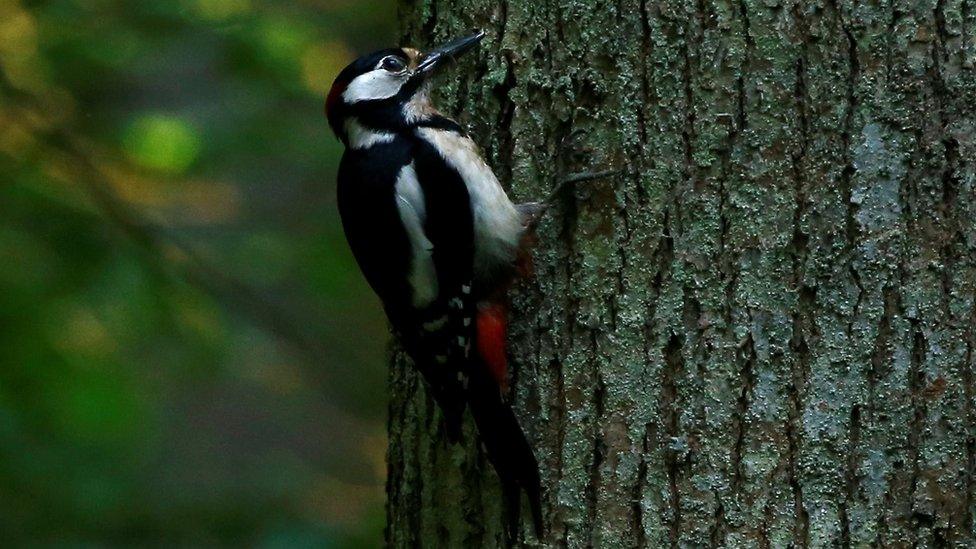
However environmentalists say that this is destroying natural habitats, while others have pointed out that the forest has survived past infestations and any intervention will be the end of the forest's natural character.

Here a Laetiporus sulphureus mushroom grows on a tree in the National Park protected area of Bialowieza Forest. The rest is under the control of state-owned National Forest Holding.
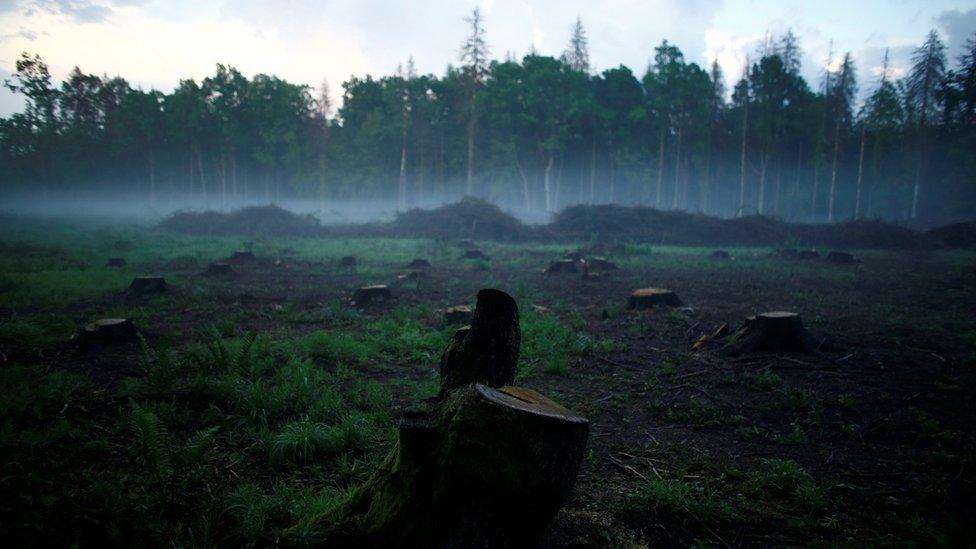
"The problem is that several years ago there was an outbreak of bark beetle and it got worse," said Anna Malinowska, a spokeswoman for National Forest Holding. "The only way to solve the problem is to cut down affected trees. This was not done and so the (infestation) spread."

It is home to wild European bison with the population estimated at about 800 and part of the site was declared a World Heritage Site by Unesco in 1979.

A delegation from Unesco is due to visit the forest in the near future.